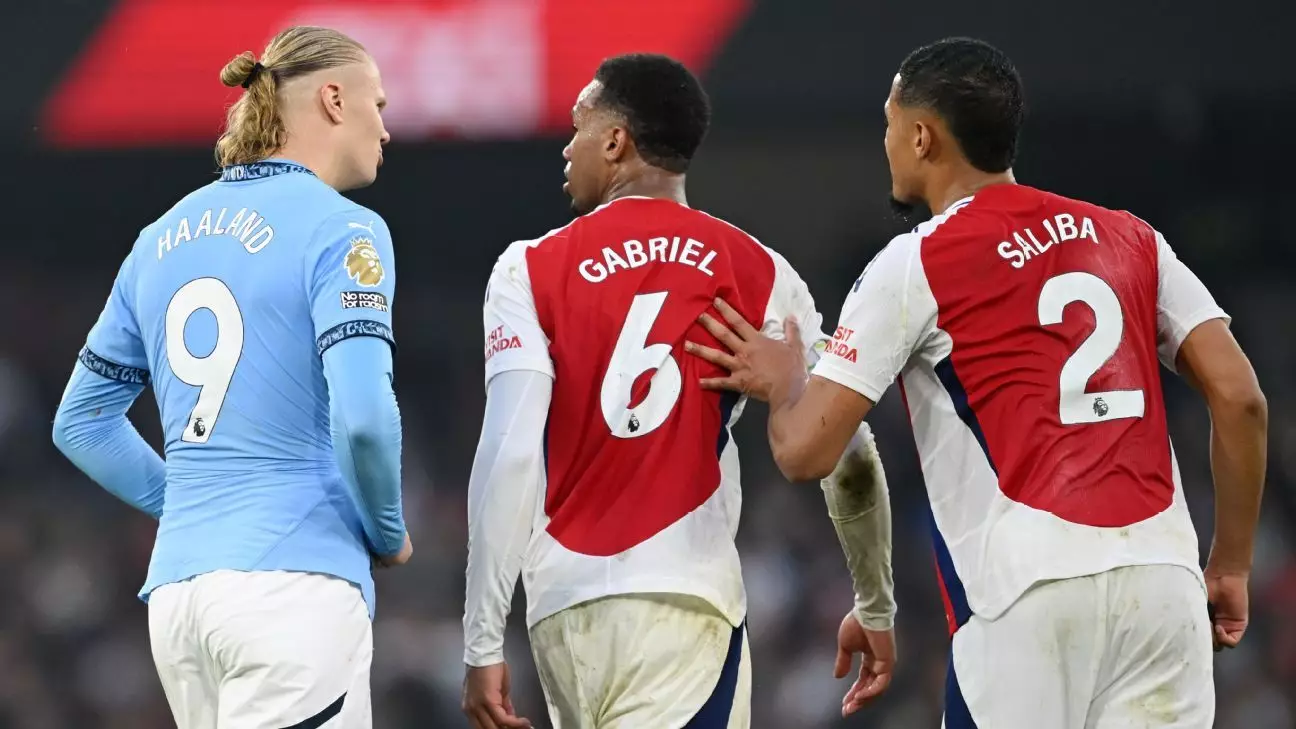In recent years, the landscape of football has transformed dramatically, with various aspects of the game evolving to meet the demands of modern play styles and fan expectations. One intriguing change that reflects this evolution is the way shirt numbers are assigned in top-level football, particularly in the Premier League. Once defined by a rigid system, the current trend reveals a more flexible and creative approach, prompting discussions about the implications this shift has for the sport’s identity and heritage.
Gone are the days when shirt numbers conveyed clear expectations about player roles. Traditionally, the first 11 numbers were allocated in a way that reflected the formation and positions on the pitch: the goalkeeper donned No. 1, defenders wore Nos. 2-5, midfielders took Nos. 6-8, and forwards claimed Nos. 9-11. This system imparted a sense of clarity about team structure and players’ functions. However, since 1998, Premier League teams have not consistently fielded a side organized according to that numbering convention. Nowadays, a player like Declan Rice may sport No. 41 while a right-back could wear No. 66, demonstrating a pronounced departure from the historical norms.
This shift mirrors a broader trend in sports culture—where individuality often trumps team identity. As players seek to establish personal brands and stories, shirt numbers have become emblematic of their uniqueness rather than traditional positional expectations. The growing popularity of unconventional numbers has also resulted in casual fans becoming increasingly bewildered by formations and tactics. When fans see a frontline composed of players whose numbers are disconnected from traditional norms, the very essence of football’s historical clarity seems to dissipate.
In the context of these contemporary dynamics, one might wonder which of the Premier League’s elite teams would fare the best if only players numbered 1-11 were allowed to feature in a match. If we examine the roster of clubs traditionally considered part of the “Big Six”—Arsenal, Chelsea, Liverpool, Manchester City, Manchester United, and Tottenham Hotspur—a fascinating picture emerges.
For instance, Arsenal can cobble together a semblance of a team with nine outfield players, deploying a 4-2-3 formation, yet they face a glaring omission in net. With both of their keepers wearing numbers far beyond 11, this side would take to the pitch without a goalkeeper, rendering them vulnerable. On the other hand, Manchester United can form a complete eleven, benefiting from their ability to utilize conventional numbers for every starting position. Their roster underscores how some clubs uphold traditional numbering better than others—a reflection not only of strategy but also of squad management and recruitment philosophies.
Chelsea’s situation offers an intriguing case study in the erosion of classic positioning in modern football. Although they could assemble a strong squad featuring a five-man defense and an intriguing midfield, key players like Cole Palmer (No. 20) and others slip through the cracks due to their higher numbers. This raises questions about how clubs prioritize the exploration of varying player profiles to enhance tactical diversity at the cost of traditionalists’ aesthetic.
Liverpool, too, continues to showcase strength despite recently losing the iconic No. 6 jersey, which symbolizes a bygone age of central midfield dominance. Their ability to field a near-complete first team further exemplifies how traditional shirt numbering can sometimes provide insight into the club’s playing philosophy and evolution.
As we discuss the viability of each team in realigning with historical norms, it’s crucial to recognize that these shifts toward unorthodox shirt-numbering could steer football toward a more individualized future. Potentially, this trend will usher in more substantial transformations, as clubs embrace a blend of tradition and progression—not merely in terms of numbers but also in approach, philosophy, and identity.
However, this evolution raises critical concerns. What does it mean for the game if players are no longer bound by positional associations emphasized by their shirt numbers? Is this a necessary progression, or does it lead to a fundamental disconnect from the rich heritage of the sport?
Ultimately, while experimenting with shirt numbers can be a fun and revealing exercise, it shouldn’t overshadow the essence of football that has captivated fans for generations. The spirit of the game lies in teamwork, structure, and an enduring respect for its roots, even in the face of ever-changing landscapes. The contrast between past and present serves as a reminder that, while football evolves, the heart of the game continues to beat beneath the surface of numerical innovation.
